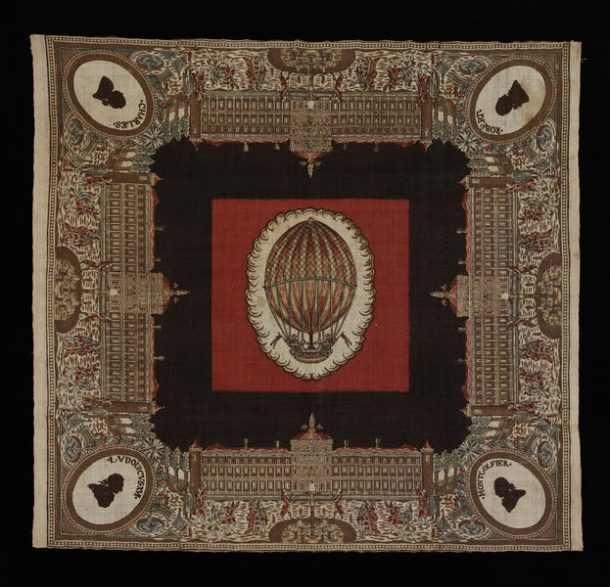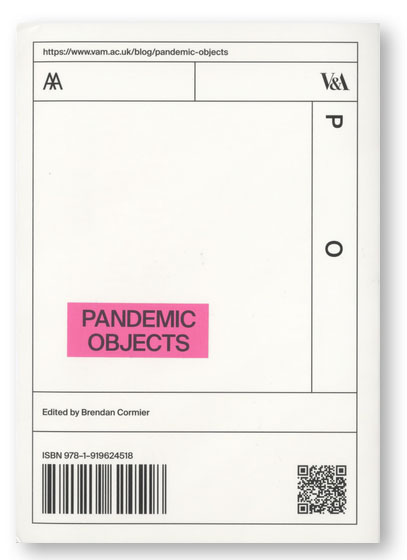In Ladj Ly’s short film for the Netflix series Homemade, a young boy named Buzz takes solace during lockdown by flying his drone. His lofty perambulations takes place in the neighbourhood of Montfermeil, an eastern suburb of Paris densely populated with several high-rise apartment blocks and badly affected by the coronavirus. The drone’s gaze captures glimpses of the lives of residents stacked on top of each other as they while away the hours: a father trying to teach his young boys, a child staring out a window, a group of young men on a roof, a quarrelling couple on a balcony. Later, the drone moves through the streets, observing residents, waiting anxiously in long queues to access the open-air food market.
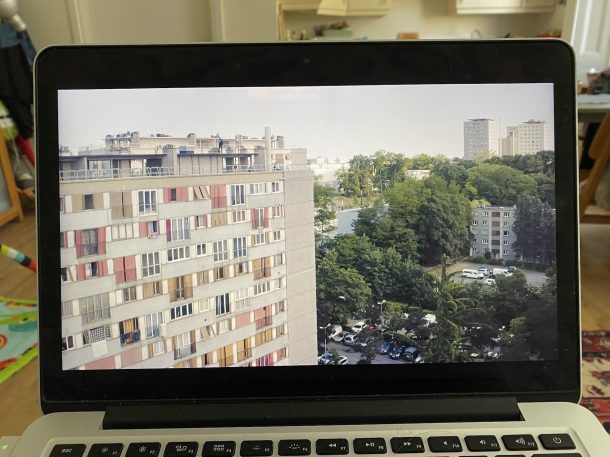
Drone imagery has been plentiful under lockdown. For some – like Buzz – it has provided a valuable form of escapism. In the BBC documentary Three Years in Wuhan, for instance, which was fortuitously still filming when the outbreak began, we meet an entrepreneur named Huang Tiesen, who talks about the stress he endured cooped up in his small apartment. In one scene, he takes to the roof of his apartment to fly his drone, and marvels at the emptiness of the city while enjoying a few precious minutes of fresh air, away from the interminable screen-time of his computer and phone.
He wasn’t alone. In March, the internet was quickly inundated with viral videos of drone footage of empty cities, streets, squares and piazzas around the world. A surge in illegal drone usage was observed in the UK, with users breaching the rule of being at least 150 metres away from built-up areas (yes, even drones have their own social-distancing rules). More comical and lighthearted interventions included a drone walking a dog in Cyprus and a student using theirs to deliver flowers on Mother’s day in Lebanon.
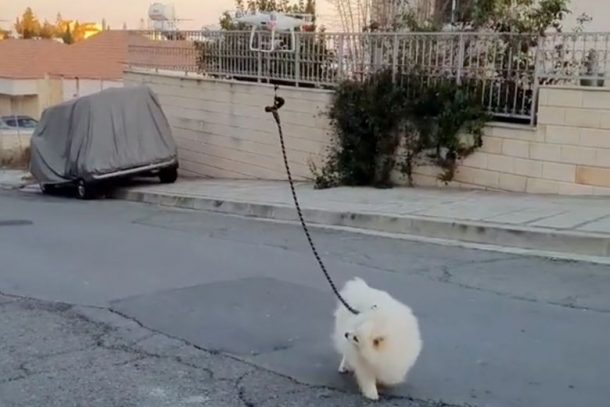
Like so many things, the coronavirus has accelerated a process already underway before the pandemic – namely the ambition of several tech companies to implement more drone-based services. Up until now these ambitions have been beset by regulatory issues and community concern. Particularly attractive for such techno-optimists in times of pandemic is the drone’s ability both as a contactless delivery system (producing newsreel fodder like these Zipline drones delivering PPE to hospitals or these drones deploying disinfectant in markets in Delhi), but also a tool for observation and surveillance. In March, public outrage erupted when it emerged that UK police were using drones to shame people flouting the rules to go for a walk in the Peak District. Meanwhile, from Connecticut to China, drones have also been tested to directly combat the virus through remote fever detection, although the efficacy of this technology has been seriously questioned.
The drone’s rapid rise from a nerdy hobby to a commonplace object is remarkable. Its relative success can be attributed primarily to the pioneering work of Shenzhen-based start-up DJI in the early 2010s, whose Phantom drones were the first to hit the market with an accessible design and affordable price point. In 2015, the V&A acquired a first-generation Phantom drone as one of the objects to be featured in our gallery at Design Society in Shenzhen. During our research for the acquisition, we went to DJI’s headquarters and produced a short film about the object. For us, DJI’s success was emblematic of Shenzhen itself, a city of tinkerers and entrepreneurs with all the world’s manufacturing infrastructure at their fingertips. The DJI drone was not so much a new technology, but the clever assemblage of pre-existing off-the-rack technologies that produced something altogether new (a Go Pro camera, a gimble, GPS software, remote-control flight). It gave the user a super-human power, offering a seductive new way of seeing. Correspondingly, drone sales soared, turning DJI into one of China’s most successful tech companies.
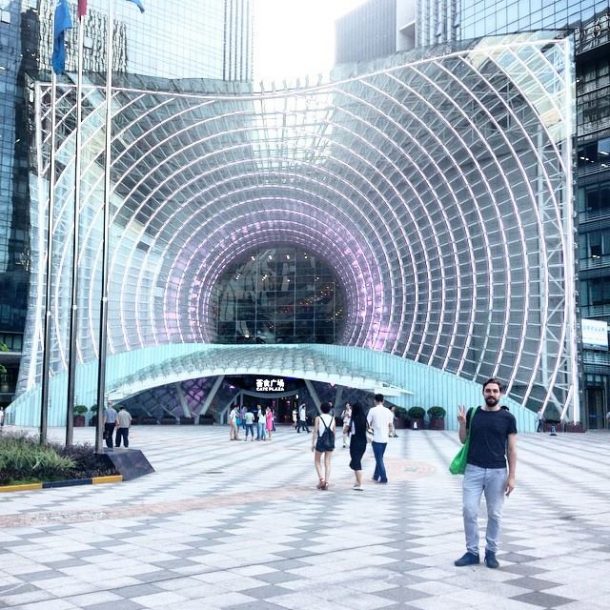
The tricky thing about drones is that they are incredibly ambidextrous; they can be deployed both as a tool of subversion and of control. In 2014, in one of the first recorded ‘drone protests’, a drone descended on a football match between Serbia and Albania carrying a ‘Great Albanian’ flag to assert ethnic Albanian presence and rights across the Balkans. In 2018, hundreds of flights were disrupted at Gatwick Airport, when reports of drone sightings close to the runways caused the airport to shut down for days. On the flip side, police forces and militaries around the world have snapped up drones in large quantities, creating small fleets for monitoring crowds and other surveillance activities – a looming menace in the skies.
In our interview, DJI were keen to emphasize the more incontestable benefits that this new form of seeing might allow: Firefighters safely inspecting burning buildings to make life-saving decisions; botanists easily accessing the treetops of thick jungle cover to discover new species; search and rescue operations becoming more efficacious. Under Covid, drones find a new use – one of mental health and therapy; under conditions of strict isolation, the sheer act of an expanded form of seeing can bring relief and ecstasy.
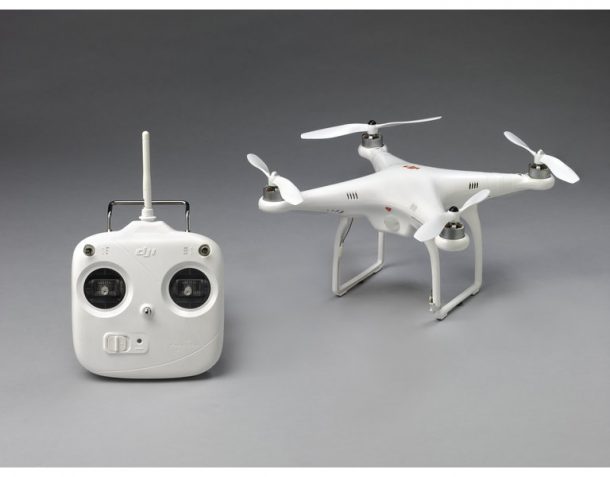
At its core though, drones raise the fundamental conundrum of who has the right to see and who has the right not to be seen. It’s fundamentally a tension between data-collection and privacy, which has been brewing in the tech world for the last decade, and which has plagued the development of a contact tracing app in the UK. Ironically, DJI itself is a company that would prefer to be seen as little as possible. When we interviewed them in 2015, industrial espionage was a major problem, and Phantom copycats were flooding the market in China. The company had also recently faced an embarrassing incident where a GoPro camera had turned on during the manufacturing process, accidentally revealing the interior of one of their top-secret factories.
Ladj Ly’s short film suggests another use for drones. At the end, an intertitle reads: “If the current times are tough, for who is it so?” By focusing his gaze on a poor suburb of working class immigrants and people of colour hard hit by the virus, Ly is addressing a central problem of this pandemic: the invisibility of marginalised people and the structural inequities leading to their plight. The drone is thus politicized as a tool to render visible; to make people see uncomfortable truths about the kinds of cities we have built, the spatial organization of our societies, and to question how we might want to live together in the future. It’s a valuable endeavour; one that won’t likely appear in any DJI brochure in the future.
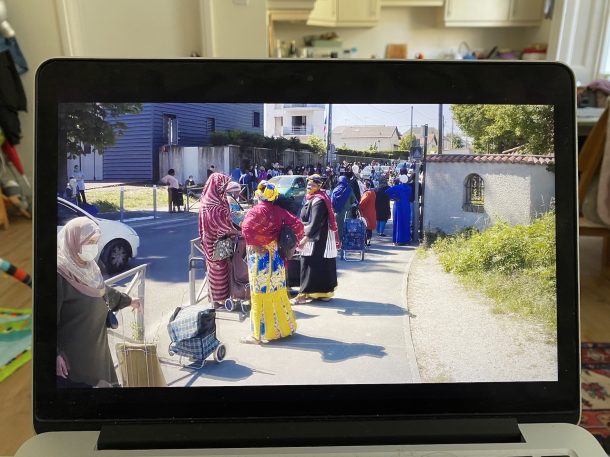
Related Objects from the Collections:
Handkerchief, Alsace, France, 1783 (1872-1899)
Text from Search the Collection: “The first successful manned balloon flight took place on 21 November 1783, when Pilâtre de Rozier and the Marquis d’Arlandes took off at Versailles in a hot air balloon constructed by the Montgolfier brothers. This event inspired a host of imitators and innovators to take to the air. Balloon flight was a scientific feat that caught popular imagination and as the public spectacles were widely disseminated through printed material, numerous objects were produced decorated with featuring ballooning iconography.
The design of this handkerchief depicts the Tuileries Palace (Paris) and is in commemoration of a later balloon launch by Jacques Charles and the Robert brothers – the first ascent of a manned hydrogen-filled hot air balloon on 1st December 1783. This flight happened just ten days after that of Rozier and d’Arlandes. Louis XVI granted them royal favour and gave permission for the ascent to be made from the Jardin des Tuileries (Paris). The balloon landed near Nesles (12 kilometres south of Boulogne) after a flight of over two hours.”
